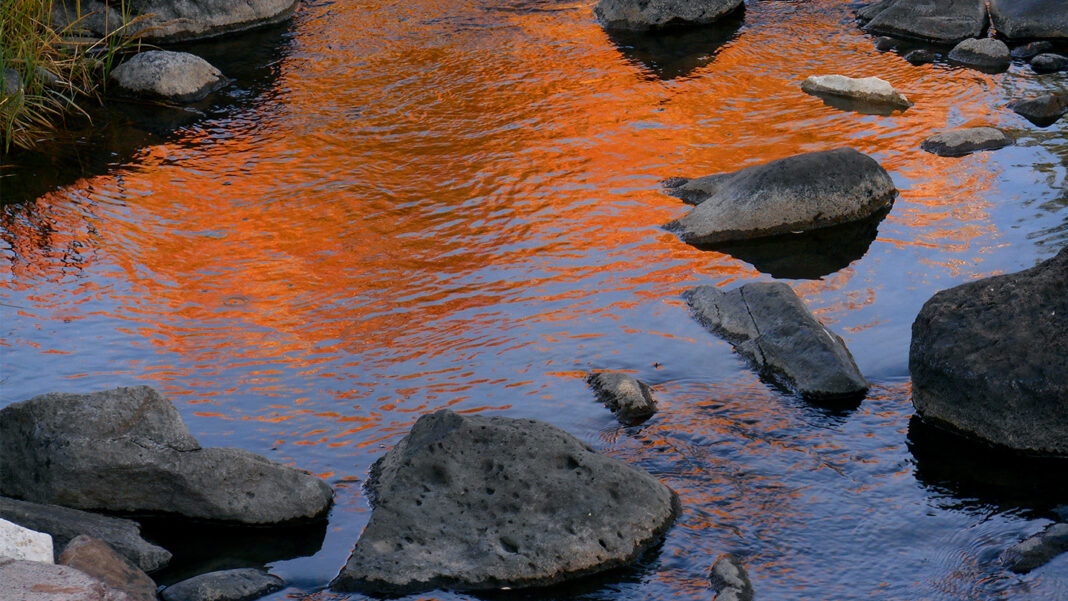Federally Unprotected Streams Contribute Most of the Water to U.S. Rivers
Introduction
When we think of the water in U.S. rivers, we often assume that it comes from large, well-known bodies of water. However, the reality is that a significant portion of the water in U.S. rivers actually comes from federally unprotected streams. These streams, which are not regulated by federal laws such as the Clean Water Act, play a crucial role in sustaining the flow of water in our rivers.
The Importance of Federally Unprotected Streams
Despite not being covered by federal regulations, federally unprotected streams are vital to the health of U.S. rivers. These streams often originate in remote areas and provide a constant flow of water to larger rivers, even during dry periods. This continuous flow is essential for maintaining the ecosystems of the rivers and the wildlife that depend on them.
Water Quality
Unprotected streams also play a key role in maintaining water quality in U.S. rivers. Because these streams are not subject to the same regulations as larger bodies of water, they are often less polluted and contain higher levels of oxygen. This cleaner water then flows into larger rivers, helping to improve overall water quality.
Wildlife Habitat
Many species of fish, insects, and other wildlife depend on federally unprotected streams for their habitat. These streams provide shelter, food, and breeding grounds for a wide variety of species, contributing to the overall biodiversity of U.S. rivers. Protecting these streams is essential for preserving the delicate balance of these ecosystems.
Impact on the Environment
The health of federally unprotected streams directly impacts the overall health of U.S. rivers and the environment as a whole. Without these streams, the flow of water in rivers would be greatly reduced, leading to potential droughts, erosion, and damage to aquatic ecosystems. By protecting and preserving these streams, we can ensure the sustainability of our rivers for generations to come.
Conclusion
Federally unprotected streams may not receive the same level of attention as larger bodies of water, but their importance cannot be understated. These streams provide the majority of the water that flows into U.S. rivers, sustaining ecosystems, improving water quality, and supporting a diverse range of wildlife. By recognizing the value of these streams and implementing measures to protect them, we can ensure the long-term health and viability of our rivers.
FAQs
What are federally unprotected streams?
Federally unprotected streams are waterways that are not regulated by federal laws such as the Clean Water Act. These streams play a vital role in sustaining the flow of water in U.S. rivers.
Why are federally unprotected streams important?
These streams provide essential habitat for wildlife, maintain water quality in rivers, and contribute to the overall health of the environment. Protecting them is crucial for the sustainability of our rivers.
What can be done to protect federally unprotected streams?
Implementing state and local regulations, promoting conservation efforts, and increasing public awareness are all ways to protect these streams and ensure their continued contribution to U.S. rivers.




